Jul 04, 2025
Author:Sam Wonder
Cats are independent, playful, and full of curiosity. Ferrets? Just as mischievous and energetic. Therefore, one of the most obvious questions that comes to mind for pet owners is: Do cats and ferrets get along?
It is a great question, and considering whether to bring one of these furry animals into a home with another one already living in a home is a worthy consideration. Although both these two animals have some elements of similarity, there are some differences that they have in common, which affect their relationship.
whether cats and ferrets can become friends, what you should know before introducing them, and how to make both pets feel happy and safe. We will also examine beneficial tools and resources, such as must-have pet product knowledge and professional tips.
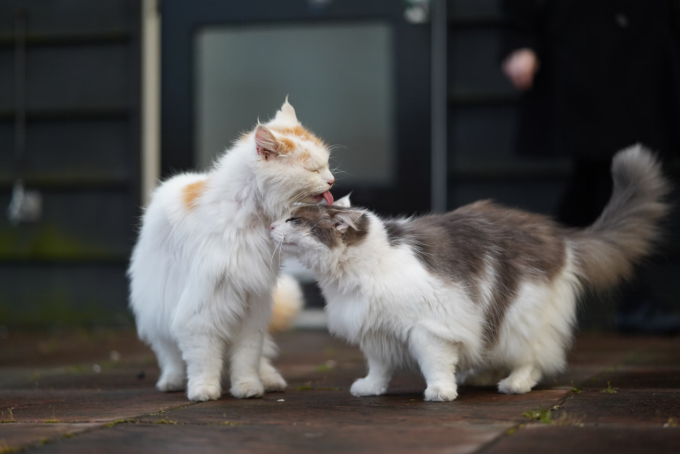
The answer to this question isn't a simple yes or no. Whether cats and ferrets can coexist largely depends on the temperament of each animal. Some cats are patient and tolerant, while others prefer their personal space. On the other hand, ferrets are naturally inquisitive and bold, often eager to interact—even with animals much larger than themselves.
Cats can be selective, usually defensive, and territory-conscious around unfamiliar animals. Ferrets, on the other hand, are usually fearless and adamant in their exploration. Such a discrepancy in social behavior implies that a ferret may desire to play, but a cat may view it as an annoyance or even dangerous.
That being said, there are numerous homes where cats and ferrets coexist harmoniously. It just depends on how compatible their personalities are, how soon they are introduced, and how well these introductions are handled.
Before introducing your cat and ferret to each other, there are a few key points to consider. These would determine whether a friendship would develop or separation would be preferable.
Young ferrets and kittens introduced at a young age have the best bonding opportunities. At this point, both animals will be more flexible and responsive to changes in their experience. They can grow together, learn to trust, and establish play routines.
But grown-up cats (particularly those who do not live with other animals) can be intimidated by a ferret's bouncing, daring nature. The same applies to older ferrets that have never dealt with cats. The introductions must be made gradually and at a neutral ground.
Do not hurry the process. Allowing the animals to get used to their new conditions will lessen the burden of stress and offer greater odds of them ultimately adapting to one another.
Cats are predatory animals. This may be a red flag when your feline aggressively chases squirrels, bugs, or toys. This instinct may be brought about by an excited ferret running about and accidentally causing dangerous behavior.
You may think your cat is not aggressive, but the instincts might take over without prior notice. Always note how your cat responds to the slightest movements and high-pitched voices, which are normal with ferrets.
To get an idea about how your cat responds to ferret behavior, you should give it some toys that imitate a ferret. During introductions, additional care will be required when your cat pounces or exhibits hunting behavior.
Before sharing a space, both pets must be healthy and well-vaccinated. For example, Ferrets require vaccination against rabies and distemper, while cats need to be cleared of any parasites or viruses that can be transmitted.
Before you start any introductions, it is wise to visit your vet and consult about multiple animals living together.
As the question arises, do cats and ferrets get along? The introduction process is where everything starts.
1. Isolate them first: Let them be isolated by a closed door or even a baby gate to allow them to smell each other.
2. Short, supervised meetings: Pay attention to the initial contacts.
3. Watch for stress signs: Hissing, puffing, hiding, or aggression can only imply that they require more separation.
4. Use distractions: Provide toys to distract every pet so they pay attention to them rather than the other animal.
5. End on a positive note: After meetings, offer the pets treats.
It can assist in planning the introductory visits at a quiet time of day, such as following a meal or a play session. An exhausted pet would also be less reactive and excited, so the meeting would be carried out more smoothly.
It is not a problem to repeat steps for several days or weeks. Some cats and ferrets are slow to adapt. Instead, it depends on what suits your pet, and there is no singular schedule.
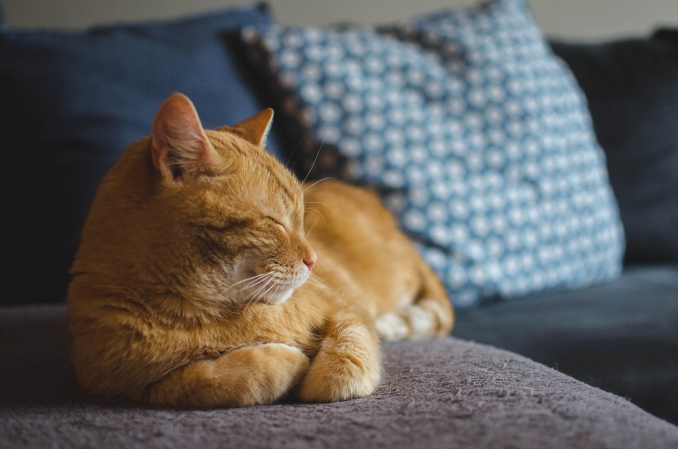
Both pets need some considerate arrangement in a home. When living together, cats and ferrets need different things, and space is important.
Begin by segregating the feeding grounds. Cats are territorial regarding food, and ferrets love to shoplift whatever they can carry. A smart feeder such as WOPet Pioneer Plus Automatic Pet Feeder ensures that your pets receive their meals at the correct time without confusing them.
The two animals require personal sleeping areas where they feel good. Most ferrets prefer a hammock or a hole, whereas cats enjoy high beds or sitting on windowsills. Place litter boxes so they are not too close to each other and well-groomed to avoid confusion and stress.
You will also need to develop safe areas to play in. Ferrets are escape artists, whilst cats are climbers. Seal any openings, conceal cables, and climb trees or paths. Think about including some interactive toys from WOPet to keep them busy.
Reading body language will enable you to feel whether your cat and ferret are starting to tolerate one another or otherwise.
● Ears relaxed and facing forward
● Slow blinking or grooming in front of the ferret
● Sitting or lying near the ferret without signs of stress
● Bouncing and hopping in place (play bow)
● Dooing sounds (a sign of excitement)
● Rolling on the floor and nudging the cat
Separate your pets if there are signs of fear, aggression, or tiredness. Listening to their signals avoids conflict, and trust will develop after some time.
When things are going well, you can start incorporating play. Both cats and ferrets engage in playful behavior, and they can happily entertain each other if they are trained properly.
Begin with the tunnel mazes, as both animals enjoy exploring. Wand toys can also be used to initiate interactive games. Simply ensure adequate distance between them to avoid confronting one another.
Another good idea is the use of puzzle feeders. They stimulate the minds of both the animals and keep them occupied. Simply ensure you feed them separately, as ferrets are notorious food grabbers!
Consider the WOPet Ceramic Wireless Pet Water Fountain to make hydration enjoyable and sanitary. Its filter water and quiet design settings make it a win-win situation for picky cats and ferrets.
Long-term separation may be the most humane solution if your pets develop constant stress, fears, or aggression. This does not imply that you have failed. Not all animals are up for cross-species friendships.
You can alternate when someone roams free at certain times of the day, or you can put up baby gates to separate areas. There is no need to worry as long as the pets have the required level of play, love, and attention.
WOPet has established a quality reputation in pet care, and its products are designed to make the lives of pet owners easier and create harmony in a multi-pet home. WOPet has smart solutions that can support a single kitten and a blend of cats and ferrets to support more living conditions.
WOPet offers a wide variety of pet feeders, toys, and accessories designed to be health-conscious, comfortable, and fun-oriented. For any questions or product support, pet owners are encouraged to visit the contact page.

The question remains: do cats and ferrets get along? That is indeed a question that involves several crucial factors. Their personalities, background, and the way they are introduced to each other all add up to whether they will bond with each other or not.
Many cats and ferrets can learn to coexist, although it takes the right environment, introduction, and a lot of patience. Sometimes, they may even end up being playful and having fun with each other. But, it is also natural that they just learn to treat one another without being close friends.
The only important thing is to make a nice, positive home where both pets feel comfortable. Not only is it well worth the time to familiarize themselves with their needs, but being willing to change direction when needed will put both of them in a position to succeed over the long term.
A: No. You should always monitor their interactions, even when they appear friendly. Ferrets are frail, and accidents can occur in a short period.
A: Yes. Friendly breeds, such as those in this WOPet article, are usually more compatible with ferrets.
A: Separate them right now and allow them to have separation. Partial reintegrations may be a solution. However, in other ones, complete separation is required.
A: Ferrets have sharp teeth and powerful jaws, albeit being smaller. Wrestling might lead to scratches or bites, so that things can get out of hand.
A: WOPet’s blog section has valuable tips, guides, and expert views to make you the best pet parent possible.
Label:
Popular Post

What to Feed a Sick Dog With No Appetite? [2025 Guide]
May 16, 2023

Troubleshooting Common Issues with Automatic Pet Feeders: Tips & Tricks for Pet Owners
Oct 26, 2023
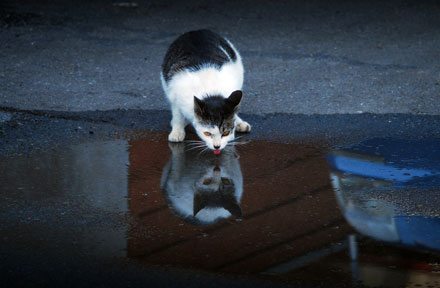
Why Does My Cat Cough After Drinking Water? 8 Potential Reasons
Mar 13, 2023
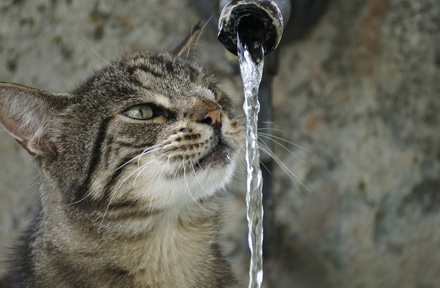
Why is My Cat Throwing up Water? Top 5 Causes Here
Feb 08, 2023
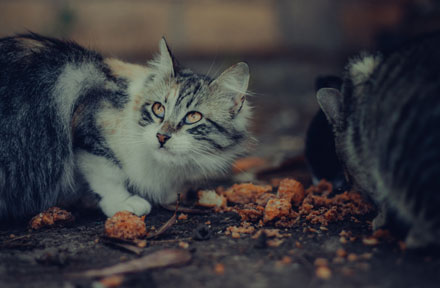
My Cat Only Eats A Little at A Time - What to Do?
Feb 27, 2023
$99.99
$129.99
Copyright © 2025 WOPET. All Rights Reserved.